Text mining is a fundamental process in today's numerous data mining applications, enabling organisations to harness the full potential of their unstructured text data. This article explains what text mining is, how it works, text mining algorithms, methods, pros and cons and many other important information.
Inhaltsverzeichnis
What is text mining?
Text mining converts large amounts of unstructured text data into a structured, organised data format. Text mining is also known as text data mining and is a pre-processing step that combines processing with further Data mining tasks such as clustering, classification and pattern recognition.
Therefore, text mining ultimately enables the extraction of meaningful information and insights from various company data sources such as product reviews, customer feedback, news articles and social media posts. These insights, such as customer behaviour, market trends, public opinion and other important business information, enable the company to make better and more informed decisions to gain a competitive advantage in the market.
Procedure and mode of operation
In text mining, unstructured text data is analysed with the help of Information Retrieval (IR), Natural Language Processing (NLP) and Information Extraction (IE) techniques.
Firstly, information retrieval techniques are used to identify important Data from the unstructured data. This includes techniques such as stemming, in which the word is reduced to its root form, and tokenisation, in which the text is broken down into words and sentences.
The NLP techniques used in text mining include part-of-speech tagging, which identifies the parts of speech in the text, text summarisation and text parsing to identify the subject, verb and object of a sentence. Finally, structured information is extracted during information extraction. This includes subtasks such as feature selection, feature extraction and entity extraction to identify specific entities in the text.
When the data is well prepared, it is fed into machine learning models for pattern recognition to extract patterns or features. Finally, the detected patterns are analysed using classification, clustering and topic modelling to extract and interpret useful information to gain insights.
Several programming languages and frameworks are used for text mining, whereby Python is the most popular. Python frameworks used for text mining include Scikit-learn, TensorFlow and Natural Language Toolkit (NLTK). R also offers text mining packages, and Java is used for large-scale text mining applications.

An interface that integrates natural human speech into digital communication with machines and overcomes the limitations of traditional input methods:
Natural Language Processing (NLP): Natural language for machines
Advantages and disadvantages of text mining
Text mining has many advantages and disadvantages that companies need to consider if they want to use it for their work.
Advantages
- Efficiently analyse large amounts of dataText mining enables the rapid conversion of a large amount of unstructured data, which would not have been possible through manual processing.
- Improving the decision-making processThe insights gained from various data sources enable companies to understand current trends and patterns. Such insights help companies to make the right business decisions.
- Broader range of applicationsText mining is used in numerous applications in various industries. It plays a central role in innovative research and development in all these areas.
- Cost efficiencyText Mining rationalises the handling of large volumes of text data through automation and reduces the dependency on manual analyses. This enables companies to reduce their labour costs and deploy their employees more strategically.
- Productivity increaseIn research, for example, text mining accelerates the review of literature and the development of hypotheses, thereby reducing both the time and costs usually associated with research and development activities.
Disadvantages
- Problems with data qualityText mining and the subsequent Data analysis and pattern recognition depend heavily on the Data quality from. The data quality can vary depending on the structure and pre-processing, which leads to inaccurate results.
- Complexity of the data and the mining processNatural languages can be complex and difficult to transform. For example, some texts may contain noise or irrelevant information such as spam or unrelated content from social media posts, grammatical errors in data, etc. Such errors can make processing by text mining algorithms difficult.
- Calculation costsText mining often uses a large amount of data. The efficient storage, management and processing of this data therefore requires a large amount of storage space and computing power, which can be costly.
- Data protection issuesText mining processes data that may contain personal, sensitive data, e.g. data from social media, patient records and customer data. Such data must be processed in accordance with data protection regulations and with the express consent of the user.
- Data restrictionsUnstructured data used in text mining is difficult to mix with other types of data, such as structured and semi-structured data. In addition, text mining algorithms may not fully capture human communication, such as emotional undertones. These limitations can lead to less accurate results.

In our article, we show you why good data quality is the key to reliable processes and how you can ensure this for your company:
Text mining methods
- Concept-based method (TBM)This method uses terms in text data, e.g. words that have a semantic meaning. The frequency, distribution and relationships of these terms are then determined. This method is used in applications such as topic modelling and document classification. However, since multiple terms can have the same meaning or the same term can have multiple meanings, it can be a challenge to derive the exact structure from the data.
- Phrase-based method (PBM)This method uses phrases in the text with a specific meaning instead of terms and analyses the context and the combination of words. Applications in text mining include sentiment analysis and topic modelling.
- Concept-based method (CBM)Instead of using terms or phrases, this method uses the concepts of the text and assigns terms and phrases to create semantic networks or ontological graphs. It is therefore used in text mining applications that require a deep understanding of the text, such as medical research and complex sentiment analysis.
- Pattern Taxonomy Method (PTM)This method uses patterns to analyse documents and creates a taxonomy of patterns in text data. It uses data mining methods such as frequent itemset mining and association rule mining for applications that require complex text analysis.
Text mining algorithms
Several algorithms are used for text mining. Some of the best-known text mining algorithms used in various applications are listed below.
- Naive BayesBased on Bayes' theorem, Naive Bayes is a probabilistic algorithm used in text mining. It is often used in text mining applications such as spam filtering, sentiment analysis and document classification.
- K-means clusteringK-means clustering is one of the simplest clustering algorithms that determines a number of K centres for data labelling. Its applications in text mining include the clustering of documents and the clustering of texts in social media.
- Support Vector Machines (SVM): A powerful and accurate algorithm that finds the hyperplane that separates similar groups of data. It is often used for document classification, spam detection and sentiment analysis.
- K-Nearest Neighbour (KNN)Another simple algorithm that uses similarity measures to categorise the data. There are several applications of ANN in text mining, including concept search and other document classification tasks.
- Decision treesThis algorithm uses a tree-like data structure with root and leaf nodes to classify data. Leaf nodes represent a class in the data. Decision trees are used in text mining applications such as analysing customer feedback, classifying sentiment and identifying topics.
- Random forest algorithmAn ensemble algorithm that uses multiple decision trees to classify high-dimensional data. It is therefore more accurate than a single decision tree for most text mining tasks.
- Latent Dirichlet Allocation (LDA)This probabilistic algorithm is primarily used for topic modelling and can automatically determine topics from text data.
- Neural networks (NN): Different types of neural networks are used for text mining, including advanced NNs such as convolutional neural networks (CNNs) and recurrent neural networks (RNNs), which are used in text mining. Deep Learning can be used. Text mining applications include language translation, medical research and sentiment analysis.
Areas of application and examples
Text mining has a wide range of applications in various fields. Examples of text mining are
- Healthcare and researchIn healthcare and research, text mining provides valuable information by extracting information from various medical records. For example, extracting information from clinical reports and patient histories can reveal patterns and correlations that can lead to medical breakthroughs and better patient care.
- Customer serviceText mining is used in customer service to analyse customer enquiries, complaints and feedback in order to improve service quality.
- Risk management: Also widely used is the Risk managementwhich identifies potential risks and threats to companies or investments in various documents.
- Academic researchIn academia, text mining is used in various areas, such as tracking trends in student performance and analysing academic literature, papers and journals to identify trends, patterns and research gaps. They are used to create digital libraries and derive patterns and trends from scientific documents to aid research and development. Text mining can extract useful information from many of these documents more quickly.
- Sentiment analysisText mining is the fundamental step in sentiment analysis. Companies can understand public opinion about their products and services by analysing text documents such as social media posts and product reviews.
- Spam filteringText mining identifies and filters out spam emails and messages. To do this, these messages are converted into a structured format and then analysed to check whether there are characteristics that are typical of spam.
Difference between text mining and data mining
While text mining is about extracting information from unstructured data, data mining is a more comprehensive process in which structured, semi-structured and unstructured data is used to find patterns and derive insights from the extracted information. Therefore, the data mining process often begins after the text mining process has been completed.
The techniques used in both processes are also different. The most important techniques used in text mining include NLP, information retrieval and extraction. Other techniques are used in data mining, including clustering, classification and association rule techniques. Therefore, text mining is a part of the data mining process that mainly focuses on converting unstructured data into a structured format.
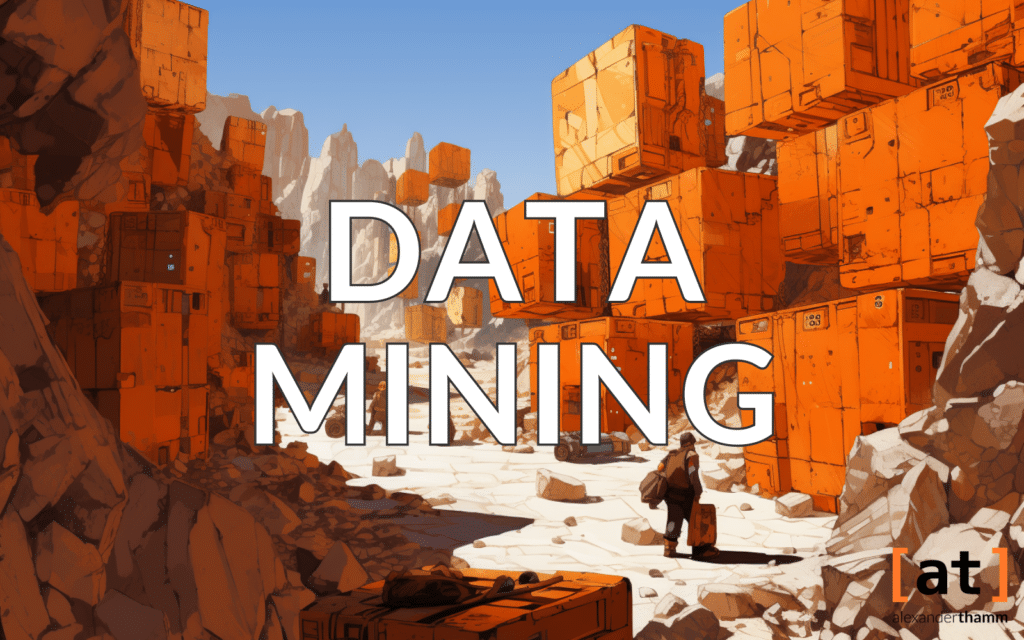
Find out how data mining helps companies to gain hidden insights from large amounts of data using analytical techniques and tools.
Difference between text mining and text analytics
Even though text mining and text analytics are largely similar terms, they differ primarily in their focus. While text mining focuses on converting unstructured data into a structured format, text analytics focuses on analysing the converted data to find useful patterns. Text analysis is therefore a further step after the text mining process.
The aim of both processes is to gain meaningful insights from high-quality data. In addition, techniques for data visualisation and interpretation are used in text analysis to make data analysis simpler and more accurate.
Text mining as the basis for complex processes and applications
Text mining is critical to many data mining applications as unstructured data is converted into a structured format using NLP, IR and IE techniques. There are a plethora of applications for text mining across various industries. Simple to complex algorithms such as Naive Bayes, SVM, K-Meaning algorithms and deep learning models are used. Text mining uses methods that differ in which feature is used to extract meaningful data from text data.

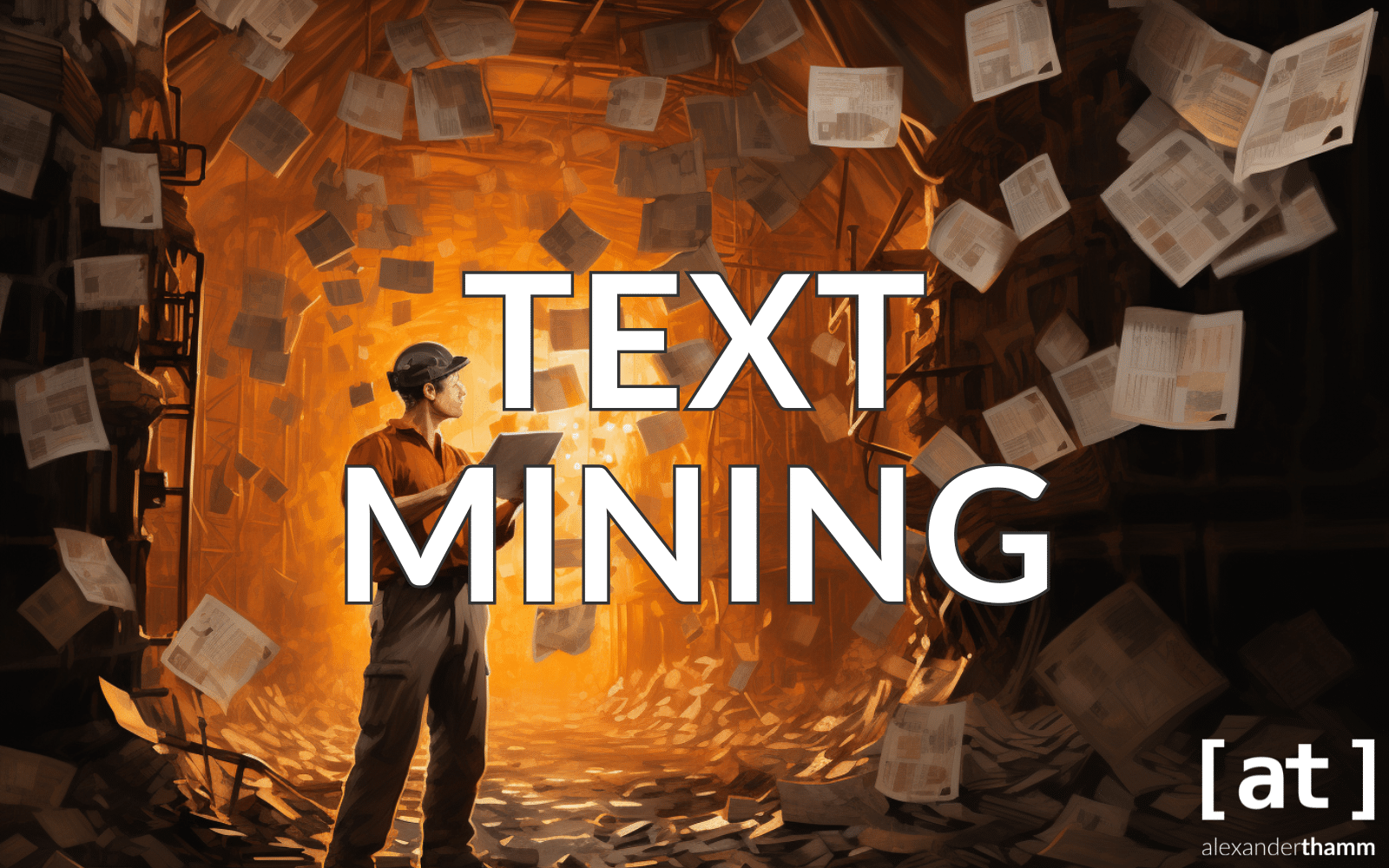

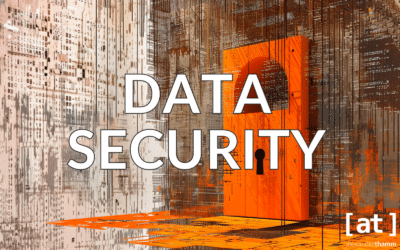
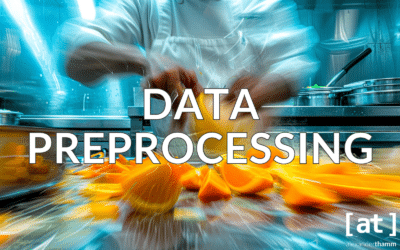
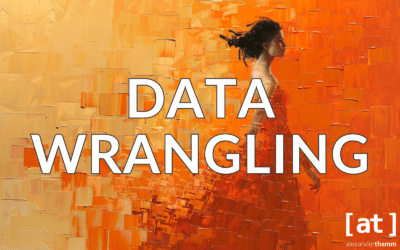

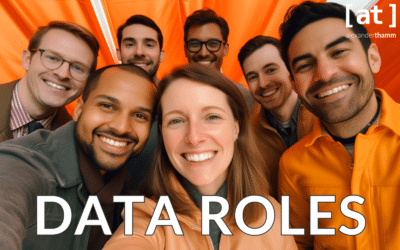
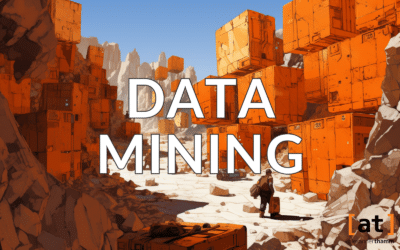


0 Kommentare